The story of the Seminole Nation’s migration to Oklahoma from the Everglades of south Florida begins after the Second Seminole War of 1835, Band Chief Wayne Shaw said.
“But one thing to note is that the war never technically ended,” Shaw said. “About 200 to 300 of our men stayed behind and fought off the United States armies until they eventually stopped pursuing them.”
Those warriors became known as The Unconquerable, while the rest of what became the Seminole Nation of Oklahoma was forced to travel to its allotted lands in Indian Territory. Today, the tribe is headquartered in Wewoka and its land is all contained within Seminole County.

Wayne Shaw is Seminole Band Chief.
“The former lands of the Seminoles were taken and bought out by the government for 50 cents an acre,” Shaw said. “Then, they turned around and sold us present-day Seminole County for even more. At that point, we are left with no money and no valuable territory. The land rush of ’76? That was the biggest slap in my face because we held that land way before any of the settlers did.”
The Seminole people wanted to remain in Florida for several reasons, the most substantial being their investment in the land and agriculture and the years of work that went into building their homes and way of life. The move to Indian Territory was a blow to every aspect of the Seminole way of life, Shaw said.
Shaw has been a band chief for 50 years and has served 40 years on the Seminole Nation Council as well as the Five Civilized Tribes’ Inter-tribal Council.
“I try to tell my kids that this is a give-and-take world. The more you give, the better you will leave this world,” Shaw said. “I never close my door to anybody. If you come to my house tomorrow and say you need a roof over your head, I can give you that. You may have to sleep on the floor, but you’ll have a place to sleep. That’s how my grandfather operated, and that’s how our ancestors did it for hundreds of years.”
Shaw bemoans the systemic assimilation he said has been carried out against his tribe for more than 180 years.
“It all comes back to assimilation in this country, and I’m tired of our culture being always under attack. We are losing our rights to our nation,” he said.
Greg P. Chilcoat is president of the Seminole Nation and oversees the tribe’s business matters, including joint meetings, employee training sessions and collective social activity. Tribal enrollment is about 19,000.

Chilcoat served last year as president of the Inter-Tribal Council, made up of leaders from the Cherokee, Chickasaw, Choctaw, Muscogee (Creek) and Seminole nations. Together, they steward about 750,000 Native Americans across the country.
The history and culture of the Seminole Nation of Oklahoma are documented at the Seminole Nation Museum in Wewoka, which is open every day but Sundays and federal holidays. Seminole Nation Days, a celebration of Seminole culture and heritage, is held every September.





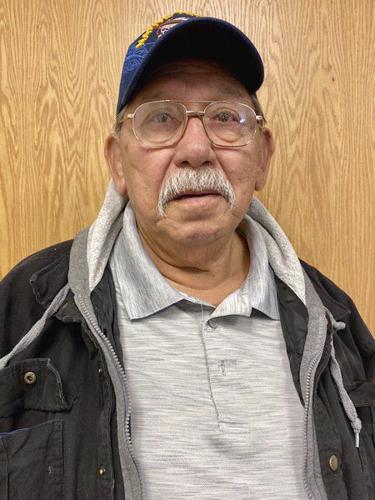


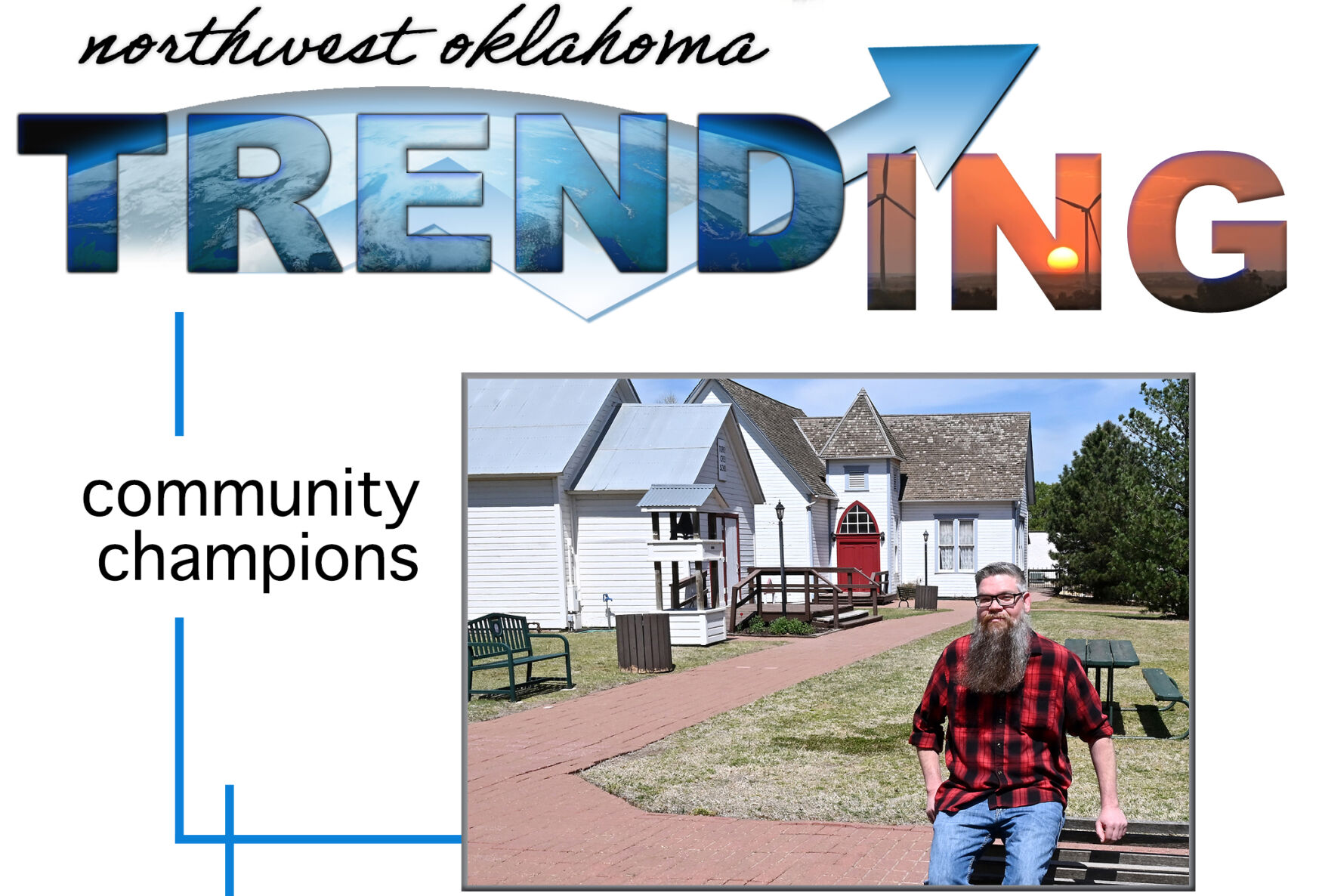



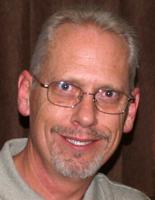
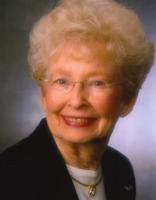
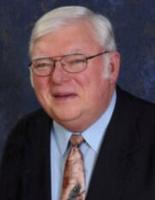










Commented
Sorry, there are no recent results for popular commented articles.